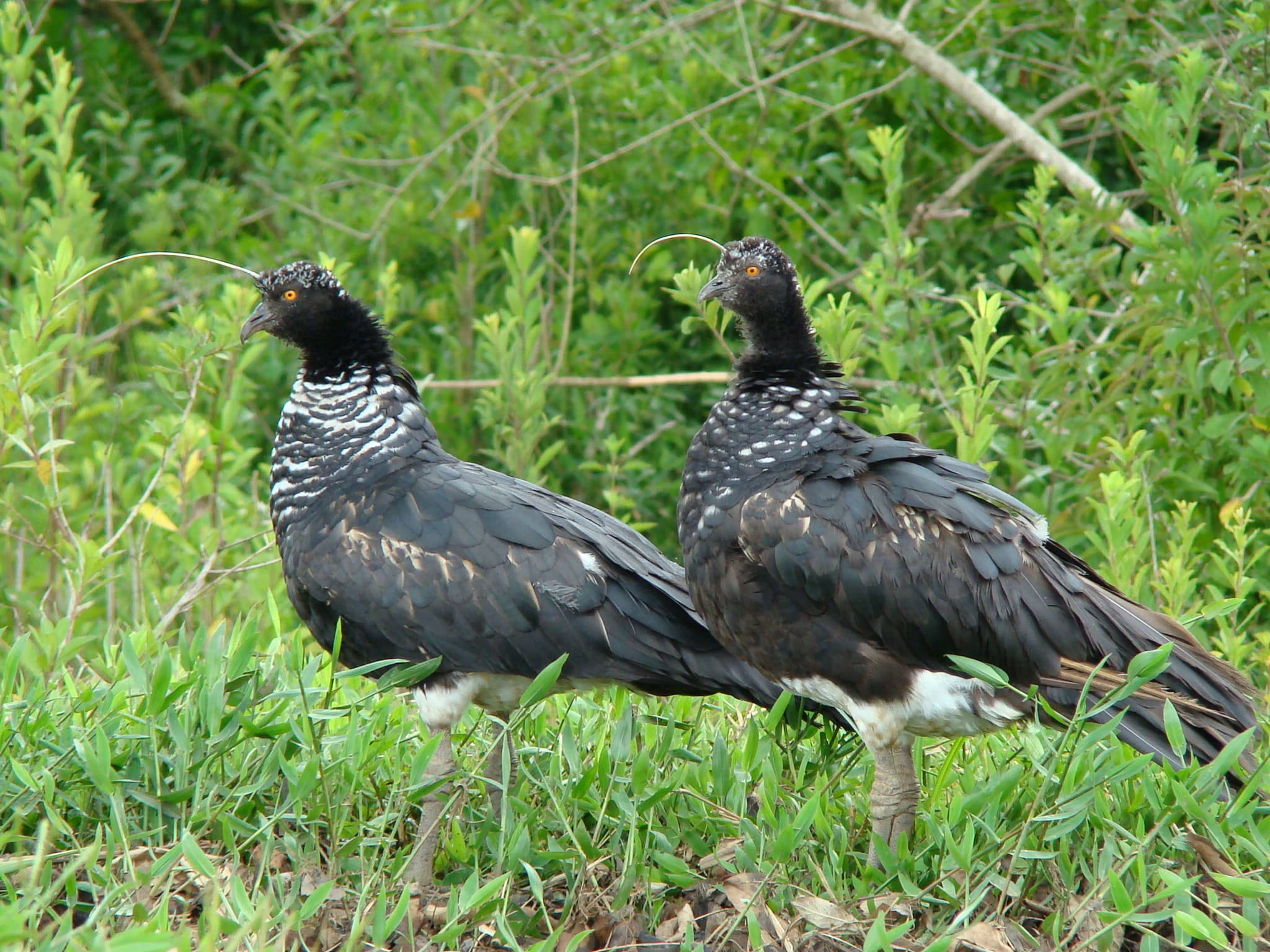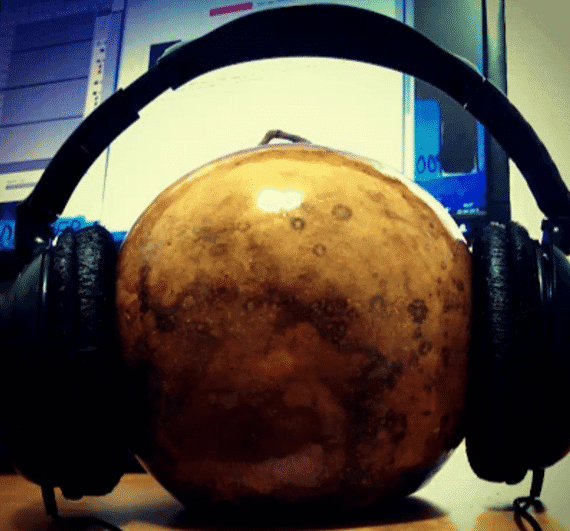First Published in 19 October 2014
Last modified 3rd June 2025
Iúna toque is inspired by the Iúna (Anhima cornuta) bird’s singing. Iúna is a game played by instructors, professors and mestres. It is also played at funerals.
Iúna – Mestre Bimba (Regional)
Toque de Iúna by Mestre Bimba (Iúna is an old viola guitar rhythm used in the sambas of the Recôncavo, Bahia) – the toque that’s taken me the longest to figure out. I first started trying to learn in March 2014 (half-heartedly, I admit, I was busy learning all the other toques, leaving the hardest till last), it’s October, and I finally made sense of it, I made some good progress today with a little help from my friends 😉
1st part : domtss# tsh#tsh# dim# * dim# x2 – * move pedra away from arame between the dim#
2nd part : dom#dom#domdom domtss# domtss# tsh#tsh# dim# * dim# – start with cabaça on belly then gradually move away for open doms. Note in bold, the first part is repeated in the second part.
1st part can be used for variations – these will come naturally with time and practice. They just seem to flow after a while.
Iúna (Angola)
Beginners: Start with dom dom dom dom dom tsht#sh#dim for part 1
1st part: domtss# domtss# domtss# domtss# domtss# tsh#tsh#dim + shake chocalho
2nd part: dom#domdomdomdomdom tsh#tsh#dim + shake chocalho – the cabaça is touching the belly on first dom and gradually it’s moved away.
Berimbau Notation
# – Cabaça is touching the belly.
dom = nota solta (loose note), berimbau away, dobrão doesn’t touch wire (arame) when baqueta hits it.
dom# = as above, berimbau close.
dim = nota presa (tight note), berimbau away, dobrão touches wire firmly when baqueta hits wire.
dim# = as above but berimbau close.
tsh = as below but berimbau is away.
tsh# = nota média (medium note), berimbau close, dobrão touches wire loosely when baqueta touches wire. The distinctive ‘chiado’ sound.
tss = meia nota (half note), dobrão just touches wire, commonly after a nota solta. Baqueta does not hit the wire.
tss# = as above but berimbau is touching the body.
tic – hit cabaça with baqueta.
There are various notations for berimbau toques, for example: https://en.wikipedia.org/wiki/Capoeira_toques


Leave a reply with any comments/suggestions.